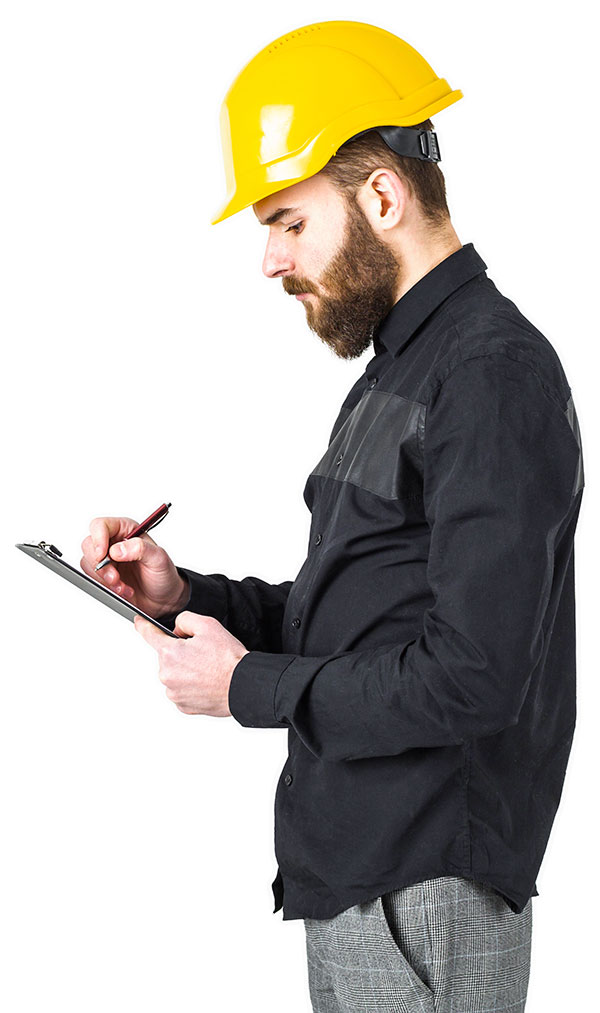5 PPE Mistakes You May Be Making
When used in conjunction with safety practices, personal protective equipment is highly effective in protecting employees from health and safety hazards on the job site. However, it is easy to make mistakes with PPE that may reduce its effectiveness and increase employees’ risk of infection or injury. In this article, we list five of the most common workplace PPE mistakes so you can recognize them, correct them, and create a safe environment!


Not Wearing PPE Correctly
Whether in the form of face shields, gloves, or masks, PPE is most effective when worn consistently and correctly. PPE should fit snugly enough to create a secure seal from contaminates and sources of injury, but never so tight as to cause discomfort and never so loose as to require constant adjustments. The less comfortable protective gear is, the less likely employees are to regularly wear it. Though a short break from a mask or goggles may seem trivial in the moment, it is during those breaks that accidents occur.

Failing to Provide Proper PPE Training
If a workplace requires the use of personal protective equipment, OSHA mandates that employees be trained on the following aspects of PPE1:
When it is necessary
What kind is necessary
How to properly put it on, adjust, wear and take it off
The limitations of the equipment Proper care, maintenance, useful life, and disposal of the equipment
It is not only important to host proper PPE training, but also to make this training as interesting, interactive, and personal as possible. Employees need to fully understand how PPE works, why they need it, how to use it, and how it will impact their daily work lives. Try sharing relatable stories, asking questions about why they feel they need or don’t need PPE, and creating an open dialogue where employees feel comfortable communicating.

Not Involving Employees in PPE Selection
Although OSHA mandates proper PPE use and training, it doesn’t mandate what specific products are used. After you accurately identify hazards and the general types of PPE that are required, do your homework and get some feedback from those who matter most - the employees wearing the gear every day! PPE should provide adequate protection while being as easy and comfortable as possible. You don’t want employees to feel that PPE is a burden or that it impacts their work performance. Gather samples of a variety of options to share with employees, then take a poll to see what they are most comfortable with.

Not Inspecting Your PPE
If you find your PPE in perfect condition day after day, it’s tempting to take that for granted and to stop inspecting it - but don’t stop! Each day, prior to use, inspect PPE for holes, tears, and any defects in addition to following manufacturer recommendations on proper storage and expiration. This could be the difference between safety and injury.

Getting Too Comfortable With PPE
If you wear personal protective equipment every day and have never had a workplace incident, it is easy to get comfortable - maybe too comfortable - with the level of protection it provides. PPE should be the last barrier of protection after standard safety measures and common sense. Though protective gear helps keep employees safe, they should never get reckless or hasty simply because they are wearing it. Always be sure to monitor and enforce workplace safety standards in addition to proper and regular PPE use.
Sources
1. osha.gov/SLTC/personalprotectiveequipment
